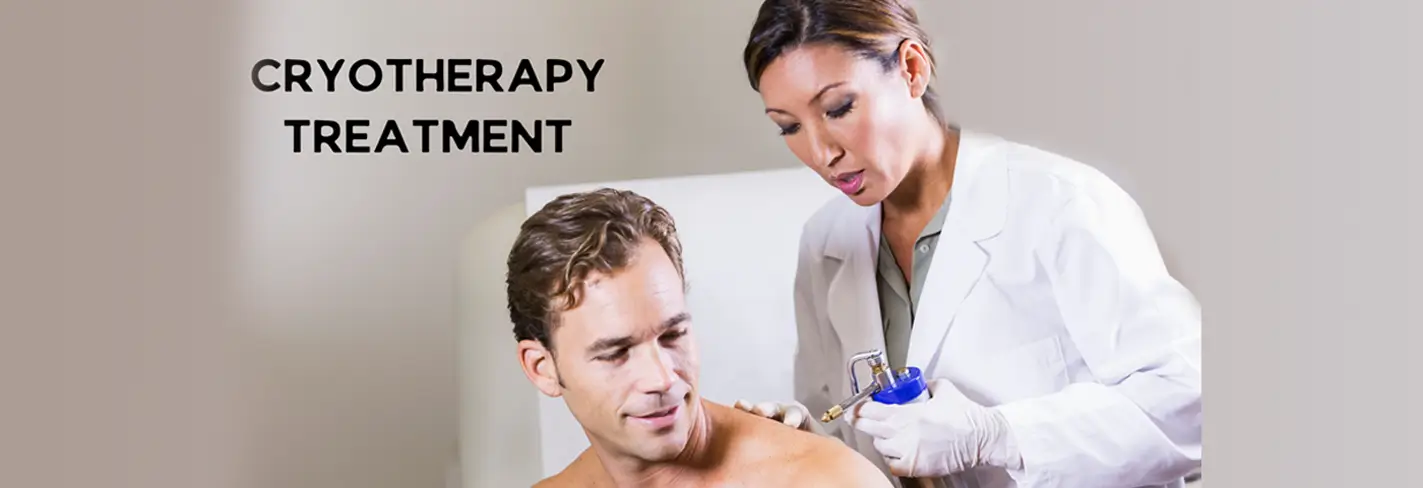Cryotherapy freezes the keloid tissue, causing the abnormal cells to die and the scar to shrink over time.
Cryotherapy with Hydrozid for Keloids
Keloids are overgrown, raised scars that occur when the skin heals from an injury and produces too much collagen. Treating keloids can be challenging due to their tendency to recur after traditional treatments. One effective solution is cryotherapy with Hydrozid, a minimally invasive approach that targets keloid tissue by freezing it, often in combination with other treatments for optimal results.
How Cryotherapy with Hydrozid Works for KeloidsCryotherapy involves freezing the keloid tissue using extreme cold, typically through liquid nitrogen or Hydrozid (a form of cryosurgical agent). The freezing process destroys excess scar tissue and promotes new, healthy skin to form in its place. By freezing and destroying the keloid cells, the treatment reduces the size of the scar and can relieve symptoms such as itching and discomfort.
Why Dermatologists Recommend Cryotherapy with Hydrozid for KeloidsDermatologists often recommend cryotherapy for keloid treatment for its ability to target deeper tissue without invasive surgery. Some reasons include:
- Minimally invasive: No cutting or extensive recovery time needed.
- Symptom relief: Effectively reduces itching, pain, and sensitivity associated with keloids.
- Combination therapy: Cryotherapy is often used alongside steroid injections or laser treatments for enhanced results.
- Non-surgical: Avoids the risks associated with surgical excision.
- Minimal discomfort: The freezing process is relatively quick with minimal discomfort.
- Reduction in scar size: Effectively shrinks keloids and improves the skin’s texture.
- Quick procedure: Treatment sessions are brief, making it a convenient option.
Cryotherapy is best suited for patients with smaller keloids or those in areas prone to recurrence, such as the chest, back, or earlobes. It's also ideal for individuals looking for a non-surgical option to reduce the size and appearance of their keloids.
However, those with darker skin types should be cautious, as cryotherapy may cause pigment changes in the treated area. A consultation at Skin World will help determine if this treatment is suitable for your skin and scar type.
Cryotherapy has minimal downtime. Some patients may experience mild swelling, redness, or blistering at the treatment site, which generally fades away within a week. Over time, the treated keloid will shrink and flatten. Multiple sessions may be needed for larger or more stubborn keloids.
Most patients require 2-4 sessions for noticeable results, depending on the size and severity of the keloid.
There may be slight discomfort during the freezing process, but it’s generally well-tolerated. A topical anesthetic can be used if necessary.
Temporary redness, blistering, or skin lightening may occur, but these effects usually resolve on their own.
Cryotherapy can significantly reduce the size of the keloid, but recurrence is still possible. Pairing it with other treatments, like steroid injections, can help lower the risk of regrowth.
If you're seeking a safe and effective solution for managing keloids, Skin World offers advanced cryotherapy with Hydrozid to help you achieve smoother, healthier skin. Book your consultation at Skin World today!








